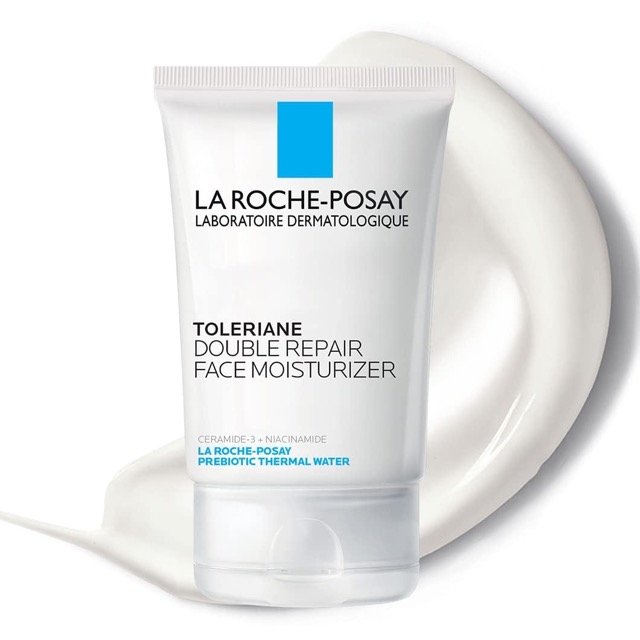In 2025, the U.S. Food and Drug Administration (FDA) approved VIZZ (aceclidine ophthalmic solution 1.44%) for the treatment of presbyopia in adults. Presbyopia, an age-related condition characterized by reduced near vision, affects millions of individuals over the age of 40.
VIZZ represents a novel pharmacologic approach to manage this condition without the need for reading glasses or invasive procedures.
VIZZ FDA Approval: 31st July, 2025
Indications of VIZZ:
VIZZ is indicated for the treatment of presbyopia in adults.
Dosage and Administration
-
Recommended Dose: Instill one drop in each eye, wait 2 minutes, then instill a second drop in each eye once daily from the same single-dose vial.
-
Contact Lenses: Remove before instillation; lenses may be reinserted 10 minutes after dosing.
-
Multiple Ophthalmic Products: If using more than one, separate administrations by at least 5 minutes.
-
Storage: Discard the vial after single use to prevent contamination.
Dosage Form and Strength
-
Formulation: Ophthalmic solution
-
Strength: Aceclidine 1.44% (supplied in single-dose vials)
-
Appearance: Clear to opalescent, colorless to slightly yellow solution
Warnings and Precautions
VIZZ, like other miotic agents, carries specific safety concerns:
-
Blurred Vision
-
Temporary dim or dark vision may occur.
-
Caution advised when driving, especially at night.
-
-
Risk of Retinal Tear/Detachment
-
Rare cases reported with miotics.
-
Baseline retinal examination recommended before therapy.
-
Urgent evaluation required if flashing lights, floaters, or sudden vision loss occur.
-
-
Iritis
-
May exacerbate ocular inflammation in patients with prior history.
-
-
Hypersensitivity
-
Avoid use in patients with known allergy to aceclidine or formulation components.
-
-
Contact Lens Use
-
Remove lenses before dosing; wait 10 minutes before reinsertion.
-
-
Risk of Contamination or Injury
-
Avoid touching vial tip to eye or other surfaces.
-
Side Effects of VIZZ:
VIZZ was studied in over 600 participants with presbyopia across multiple phase 3 trials.
Most Common Adverse Events:
-
Instillation site irritation – 20%
-
Dim vision – 16%
-
Headache – 13%
Other Reactions (>5%):
-
Conjunctival hyperemia – 8%
-
Ocular hyperemia – 7%
Most side effects were mild, transient, and self-resolving.
Table: Key Clinical Information on VIZZ
| Category | Details |
|---|---|
| Indication | Presbyopia in adults |
| Dosage | 1 drop per eye, wait 2 min, then 1 more drop; once daily |
| Formulation | Ophthalmic solution, 1.44% aceclidine |
| Contraindications | None identified |
| Warnings | Blurred vision, retinal tear/detachment, iritis, hypersensitivity, contact lens caution, contamination risk |
| Common Adverse Effects | Instillation site irritation (20%), dim vision (16%), headache (13%) |
| Other Adverse Effects (>5%) | Conjunctival hyperemia (8%), ocular hyperemia (7%) |
| Special Populations | No data in pregnancy; not applicable in pediatrics; no differences in geriatrics |
| Mechanism of Action | Pupil-selective miotic: contracts iris sphincter → pinhole effect → improved near vision |
Use in Special Populations
-
Pregnancy: No adequate human studies; animal studies showed no fetal harm.
-
Pediatric: Not applicable (presbyopia does not occur in children).
-
Geriatric: No differences in safety or effectiveness compared to younger adults.
Mechanism of Action of VIZZ:
Aceclidine is a cholinergic muscarinic agonist. VIZZ acts primarily as a pupil-selective miotic, stimulating iris sphincter contraction.
This produces a pinhole effect, increasing depth of focus and thereby improving near vision with minimal ciliary muscle involvement.
VIZZ Overdose:
-
Topical use: Rare systemic toxicity.
-
Symptoms (if absorbed or ingested): Sweating, salivation, nausea, tremors, bradycardia, hypotension.
-
Management: Supportive care; IV fluids may help recovery.
Conclusion
VIZZ (aceclidine ophthalmic solution 1.44%) provides a new non-invasive option for adults with presbyopia, offering improved near vision through a pupil-selective miotic mechanism.
While generally well-tolerated, patients should be counseled regarding transient dim vision, potential risks such as retinal detachment, and proper administration techniques to maximize safety and efficacy.








